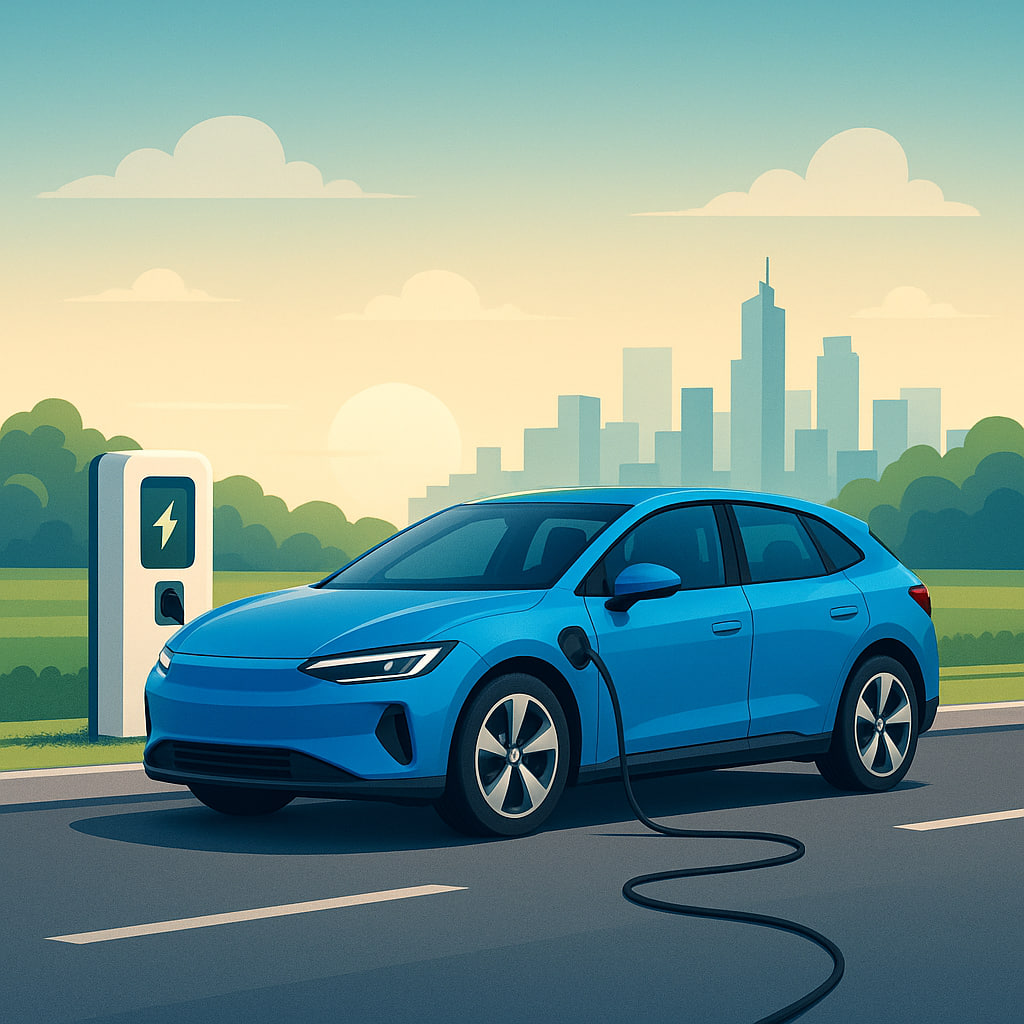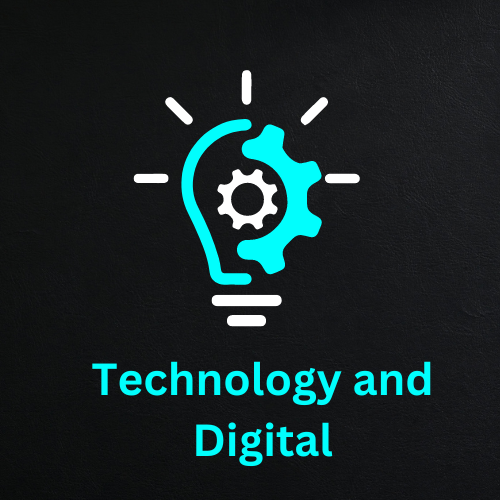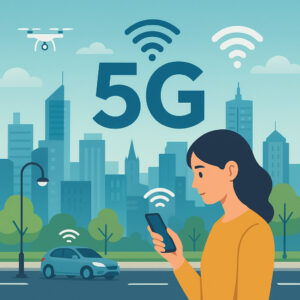The Future of Electric Vehicles – Driving Towards a Cleaner Tomorrow

In a world racing against time to heal its environment, **electric vehicles (EVs)** stand as beacons of hope. Roads once echoing with the rumble of combustion engines are slowly being replaced by a quiet hum—a whisper of change. The future of electric vehicles is not just about transportation; it’s about transformation. A transformation of how humanity moves, breathes, and envisions the planet it calls home.
The Electric Revolution: More Than Just a Trend
Over the past decade, the automotive industry has undergone a silent yet seismic shift. Electric cars, once niche and experimental, are now central to global innovation. In 2025, nearly every major automaker has embraced electrification as a cornerstone of its vision. From startups to century-old brands, the message is unified—**the future is electric**.
But this revolution is not born merely of technology. It is driven by necessity. With rising climate concerns, fluctuating fuel prices, and an awakening global conscience, the world no longer sees EVs as optional. They are the natural next chapter in humanity’s story of progress.
Why the Shift Matters
The transportation sector accounts for a significant portion of global carbon emissions. Traditional vehicles burn fossil fuels that release harmful gases, thickening the atmosphere’s burden. Electric vehicles, powered by cleaner energy sources, present a tangible way to rewrite this narrative. Each EV on the road is a promise—a small yet meaningful contribution to a sustainable tomorrow.
Tip for new buyers: Before choosing your first EV, evaluate your driving needs and local charging infrastructure. Many new EV owners find comfort in starting with hybrid or plug-in hybrid options before fully transitioning to all-electric models.
The Technological Heartbeat of Electric Vehicles
Battery Evolution: The Core of Innovation
The soul of every electric vehicle lies in its battery. In the early days, limited range and long charging times stood as major roadblocks. Today, advancements in **lithium-ion** and **solid-state batteries** have changed the landscape. Manufacturers are now pushing range boundaries beyond 500 miles on a single charge, making EVs not just eco-friendly but practical for long-distance journeys.
Solid-state batteries, in particular, promise greater efficiency, shorter charging times, and enhanced safety. Their arrival will mark the next big leap—shrinking waiting times at charging stations and expanding the comfort of electric travel.
Charging Infrastructure: Powering the Journey
Charging an EV once felt like a patience test. Now, **ultra-fast chargers** and **wireless charging pads** are redefining convenience. Governments and private companies worldwide are investing heavily in public charging networks, ensuring drivers can recharge quickly and confidently.
By 2025, over 1.5 million charging points exist globally, with urban and rural areas alike embracing accessibility. Imagine pulling into a café parking lot, connecting your EV, and returning after a coffee break to find your car ready for the road again—that’s the new reality.
Practical Tip: Install a home charging station if possible. Overnight charging not only ensures a full battery each morning but also reduces reliance on public infrastructure during peak hours.
Affordability and Accessibility: Bridging the Gap
Electric vehicles were once symbols of luxury, confined to the upper tiers of affordability. Now, competitive pricing and government incentives have democratized access. Models like the Nissan Leaf, Tesla Model 3, and BYD Dolphin offer solid performance at reasonable costs, bringing the EV dream closer to the average consumer.
In many regions, governments are offering tax credits, reduced registration fees, and free parking for electric vehicles. Some cities even provide dedicated EV lanes, accelerating both travel and adoption rates.
Yet, challenges remain. In developing economies, the upfront cost and limited charging infrastructure continue to slow adoption. However, with global production scaling up and battery costs declining, the next few years will likely mark a turning point where EVs become mainstream rather than aspirational.
The Role of Renewable Energy: Charging from the Sun and Wind
The true future of EVs is intertwined with **renewable energy**. Charging an electric car from a coal-powered grid would only shift pollution from roads to power plants. That’s why integration with solar, wind, and hydroelectric power sources is crucial. The vision is clear: a fully green ecosystem where vehicles are fueled by the very elements of nature they help preserve.
Homeowners are increasingly pairing solar panels with electric cars, creating personal energy loops. Drive during the day, charge at home using sunlight—zero emissions, infinite potential. This synergy between EVs and renewable power forms the heart of the sustainable energy revolution.
Real-world Reflection
Consider a suburban family installing solar panels and switching to an EV. Their monthly fuel expenses vanish, replaced by clean energy generated from their own rooftop. Over time, not only do they save money, but they also contribute meaningfully to environmental restoration—a ripple effect of conscious choices.
The Rise of Smart Mobility: Cars That Think and Connect
Electric vehicles are not only changing how cars move but also how they think. With **AI-driven systems**, **autonomous driving features**, and **IoT connectivity**, modern EVs are intelligent companions on the road. They analyze traffic, optimize routes, and communicate with smart cities to enhance efficiency.
Manufacturers like Tesla, Rivian, and Xiaomi’s EV division are integrating over-the-air updates, enabling vehicles to evolve after purchase. A car can now learn from its owner’s habits, update its software overnight, and even improve its range management autonomously. This isn’t science fiction—it’s the dawn of connected mobility.
Tip for Enthusiasts: Always keep your vehicle’s software updated. Many performance improvements, range optimizations, and safety features roll out digitally rather than mechanically.
Challenges Ahead: The Road Still Long
Despite progress, the electric revolution faces hurdles. Battery recycling remains a growing concern, as millions of used cells will eventually require sustainable disposal methods. Infrastructure gaps persist in remote areas, and power grid stability needs strengthening to handle mass EV adoption.
Yet, innovation thrives on challenge. Companies are experimenting with **battery reuse**, **vehicle-to-grid (V2G)** technologies, and **second-life applications**—where old EV batteries power homes and industries. These efforts turn problems into possibilities, slowly sculpting a more circular, waste-free ecosystem.
The Emotional Charge: Beyond Wires and Wheels
The shift to electric vehicles carries an emotional resonance that transcends specifications. It’s the story of a civilization awakening to its responsibilities. Every EV owner becomes part of a larger narrative—a quiet rebellion against pollution, noise, and decay. Driving electric is not just about reaching a destination; it’s about preserving the path itself.
The whisper of an electric motor at dawn, the serene glide through traffic without fumes or roar—these small, beautiful experiences redefine what driving can feel like. It’s poetry in motion, powered by science.
Looking Ahead: 2030 and Beyond
By 2030, experts predict that more than half of new vehicles sold worldwide will be electric. Some nations are already setting deadlines to phase out internal combustion engines entirely. With autonomous driving, renewable integration, and continued innovation, the electric vehicle revolution will evolve from movement to standard.
The future roads will hum softly with progress—cleaner, quieter, and smarter than ever before. The next decade belongs to electricity, not gasoline. The steering wheel of tomorrow is firmly in the hands of sustainability.
Conclusion
The **future of electric vehicles** is not a distant dream—it’s a reality unfolding right now. From battery breakthroughs to smart cities, from silent highways to solar-powered homes, each innovation brings humanity closer to harmony with its planet. The journey ahead is long, but the direction is clear and radiant.
What does this transformation mean to you? Would switching to an electric vehicle redefine your relationship with the road? The revolution invites everyone to join the drive toward a cleaner tomorrow—one charge at a time.
Join the conversation below. Share thoughts, hopes, or experiences with electric vehicles—because every voice adds energy to this movement.



